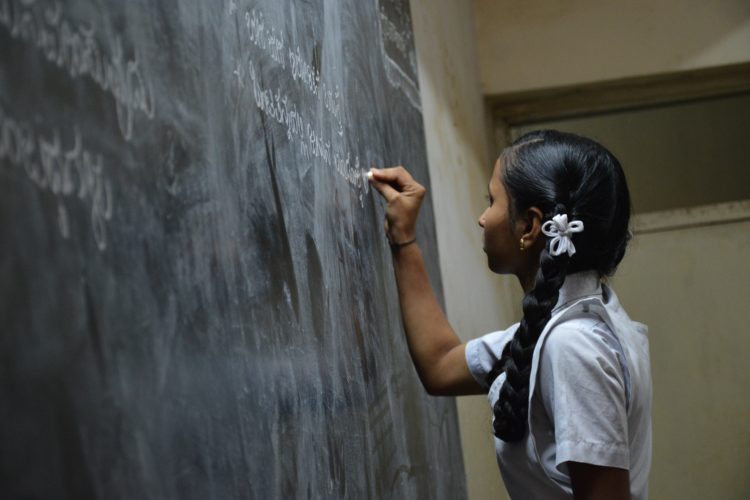The aims of this project are: (1) to examine how migrant youth’s multiple, changing settings influence their educational decisions and participation in the Deferred Action for Childhood Arrivals (DACA) program; (2) to advance theories of how youth experience their multiple social settings; and (3) to generate recommendations on DACA implementation for migrant youth. The projects will involve in-depth data collection with twenty migrant youth, ages 13 to 18. The first project involves semi-structured interviews and participant observations with youth in years one and five of the award. Data will be collected on youth’s perceptions of their schools and towns, interpretations of DACA and other services, and educational plans. The second project, in years two and three, will involve photovoice research and participant observations over two nine-week sessions in order to collect data on youth’s school and town settings. In years four and five, Tuck will conduct a travelling photovoice project to examine the other school and town settings that migrant youth encounter over the course of an academic year. Data will be collected via smartphones. Youth will respond to weekly prompts, phone calls, Google Hangouts, and by taking and uploading photos that represent their lived experiences. Tuck will also travel to the youth’s locations and collect additional data on these site visits.
How does the Deferred Action for Childhood Arrivals program affect migrant youth?

